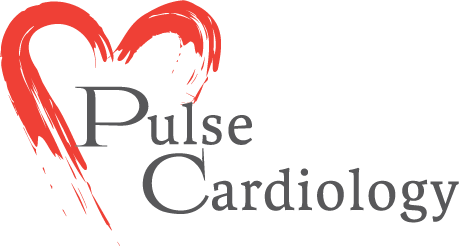Peripheral Artery Disease, Symptoms, and Treatment
PAD stands for Peripheral Artery Disease. It is a common disease that affects the circulatory system of the human body. The main side-effect of this disease is a reduction in the flow of blood to the limbs of the affected individual.

Noticeable Symptoms
The following sections will shed some light on Peripheral Artery Disease symptoms. Please pay attention:
- If your legs, arms, and feet feel cold or if you are experiencing numbness or weakness in these areas, consult with your doctor immediately. It might be a sign of PAD.
- If you have sore legs and feet that refuse to heal, then you might be looking at one of the many early signs of PAD.
- You can also see a noticeable change in the color and complexion of your legs.
- There will be loss of body hair, especially in your legs and feet.
- The growth rate of your toenails will fall drastically.
- One of the early signs of PAD is an excessive sheen on the skin of your legs and arms. So, it is better to consult with a doctor immediately.
- You can also experience loss of pulse or presence of a weak pulse in your arms and legs.
- Loss of virility in the form of Erectile Dysfunction (in male patients).
Treatment
Peripheral Artery Disease treatment is of two types. Your doctor will suggest any one of the following two treatment procedures depending on the progression of the disease in your body.
If you are in the early stages of the disease, lifestyle changes along with timely consumption of medicines will help you. In case the disease has progressed to later stages, it can be cured only by surgery.
Here, let us explore both forms of treatment for PAD in the following sections:
Treatment through Medications
- Your doctor might prescribe you to take cholesterol-lowering medicine called Statin. This will help to lower your chances of going down with a stroke or heart attack.
- In case you have high blood pressure, your doctor might prescribe you to take BP-lowering medication.
- High blood sugar is a big risk for you if you are diagnosed with PAD. It is best to follow the advice of your doctor and start taking medication to lower glucose levels in your body.
- One of the worst symptoms of PAD is low blood flow to the limbs of the patient. If you are one of them, it is imperative that you start taking medication to improve blood flow in your body, especially your limbs. This will help you to keep blood inside the arteries of your limbs from clotting.
Treatment through Surgery
There are three surgical procedures that doctors prefer to suggest their patients with Peripheral Artery Disease. However, it all depends on the case and the progression of the disease. Let us take a look at them in the following sections:
- Angioplasty – A hollow small tube is inserted into the affected artery or arteries.
- Bypass Surgery – Here the doctor creates a bypass for the blood in your body by using a blood vessel from another part of your body. A doctor can also use a synthetic artery. The goal of this procedure is to bypass the flow of blood through this new artery, away from the blocked one.
- Thrombolytic Therapy – Here the doctor would inject a clot-dissolving drug into your system that would unblock the arteries that are blocked or narrowed down.
In the end, whatever treatment has been suggested to you, it is best that you change the way you live by making a few small alterations to keep the instances of you getting diagnosed with PAD at bay. Stop smoking, lead an active life by exercising on a regular basis and stay away from fast or fried food.
If you are experiencing any of these issues, please contact us.
